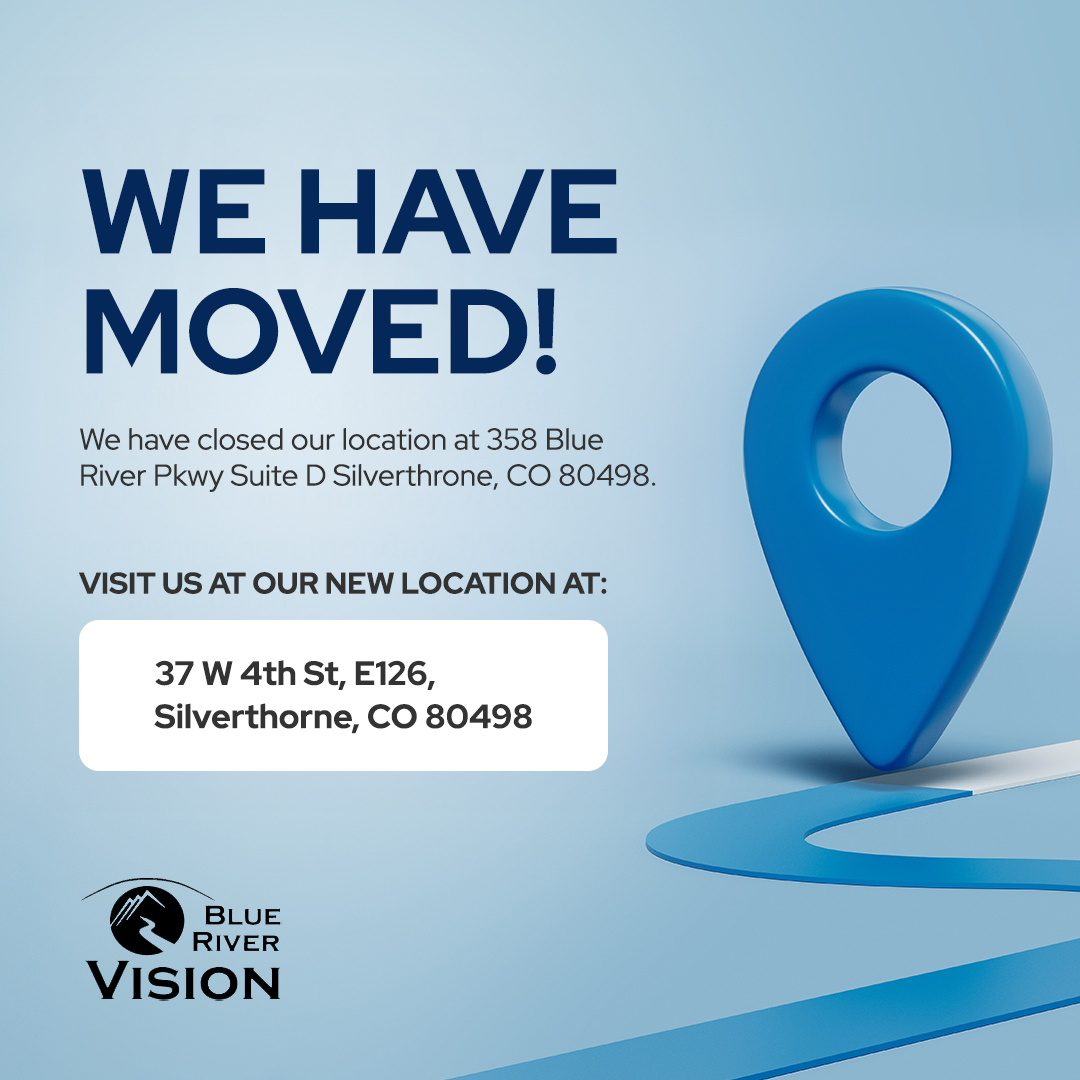
Ages 60+: How to Preserve Your Vision for Safe Driving
Driving is a daily activity that brings us freedom and independence to navigate the world, but this skill can become increasingly difficult after the age of 60. These new vision challenges are often due to age-related vision changes that can cause vision loss if not addressed. Many of these changes are not immediately noticed by patients, but early detection is key for preserving eye health and slowing progression. Fear not, Blue River Vision can help you keep your eyes in check for continued safe driving.
Dr. Jean DeMoss, Board President at the Colorado Optometric Association explains, “In the world of optometry, our 60th birthday means that our risk increases for age-related eye diseases. Many of these conditions first show up without any symptoms. This makes your annual comprehensive eye exam with your optometrist critical for early detection of eye health issues and continued safe driving for years to come.”
An individual’s vision and eye health may also be impacted by non-eye-related health issues like high blood pressure, diabetes, or medications. Many patients don’t know that when an optometrist performs a comprehensive exam, they are able to look for over 200 non-eye-related health conditions including cancer, autoimmune disorders, high cholesterol, thyroid disease, diabetes, brain tumors, and more.
Remember that online screeners and eye tests are never a substitute for an annual comprehensive eye exam with your eye doctor. Take action to lower your risk of age-related vision problems and start preserving your vision today so you can keep driving safely:
· Attend your annual comprehensive eye exams for your best chance at early detection and management of age-related eye diseases and other health issues
· Reduce the sun damage risk to your eyes when outdoors by wearing sunglasses that are UV blocking with a wide brimmed hat
· Quit smoking and vaping as it increases the risk of eye diseases
· Maintain a healthy weight to reduce your risk of glaucoma, high blood pressure, diabetes, age-related macular degeneration, and other health and eye-health challenges
· Eat a diet supportive for your eye health that is packed with leafy greens, fish high in omega-3s, eggs, fruits, berries, and nuts
· Take the online Eye Health Risk Assessment for a better understanding of your current risk level
Common Symptoms of Age-related Eye Diseases (please note that many age-related eye diseases can be present without symptoms):
· Not seeing road signs clearly
· Difficulty focusing on close objects
· Trouble estimating speed and distance
· Changes in color perception
· Problems seeing in low light or at night
· Trouble adapting to bright lights like headlights, sunlight or glare
· Reduced peripheral vision1
Common Age-relate Eye Diseases After Age 60 Include:
· Age-related macular degeneration can cause central vision loss with peripheral vision remaining functional
· Cataracts are cloudy areas in the visual field that can cause blurry vision and decreased vision
· Diabetic retinopathy is caused by diabetes, which can damage blood vessels in the eye and can cause cloudy vision and eventual vision loss if severe
· Dry eye can cause corneal abrasions, corneal ulcers and vision loss
· Glaucoma damages the optic nerve and can cause peripheral vision loss before symptoms occur
· Retinal detachment can occur from physical trauma to the eye or head, health issues, or inflammatory eye diseases and can cause permanent vision loss
1https://www.aoa.org/healthy-eyes/eye-health-for-life/senior-vision?sso=y





